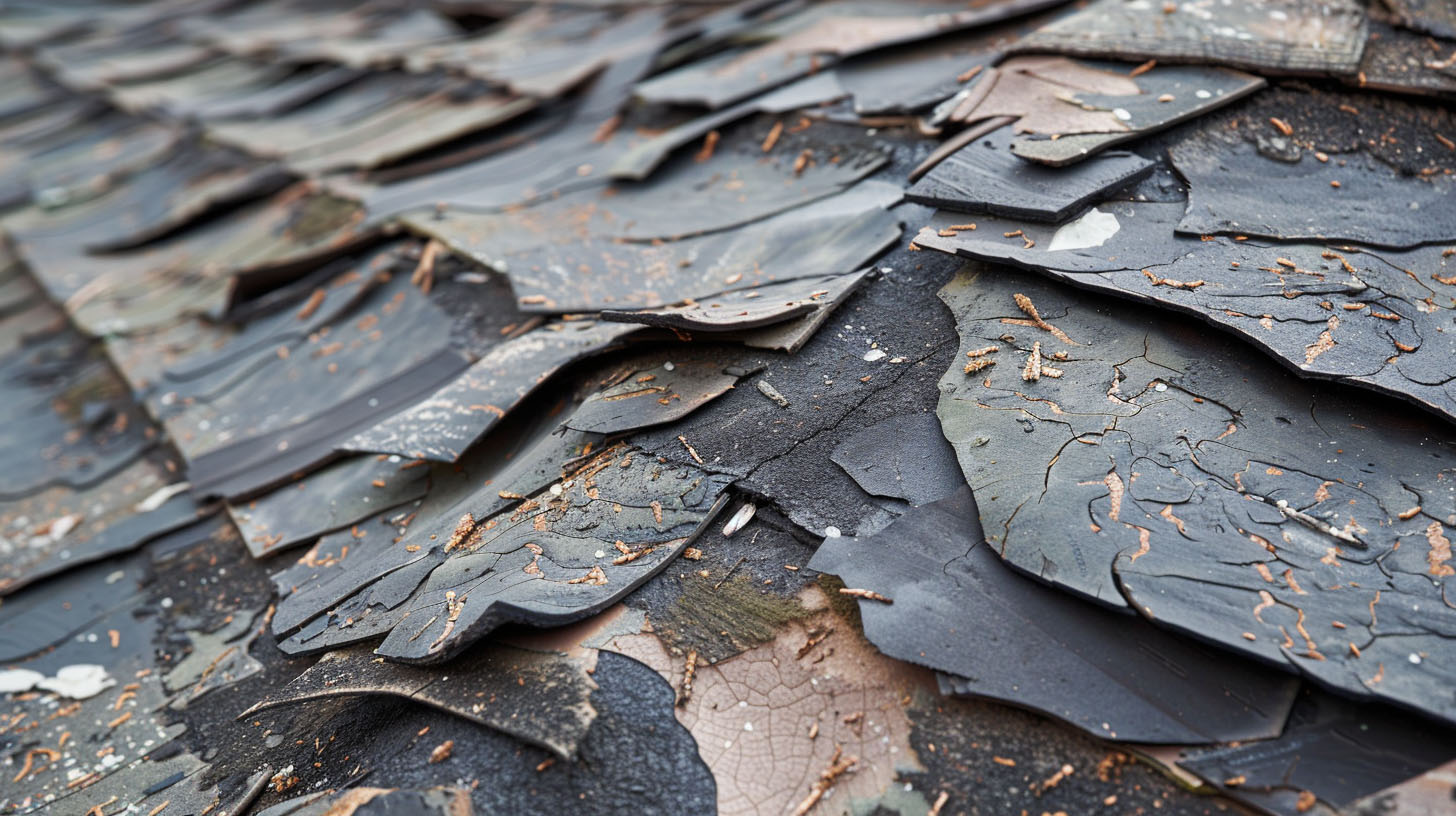How to Detect Hidden Roof Damage Before It Spreads
Your roof acts as a protective shield, keeping harsh elements away from your home. However, hidden roof damage can escape notice until it causes significant trouble, like water damage or mold growth. At Specialist Roofing & Repair, we understand the importance of identifying these issues early to preserve your roofing system and avoid costly repairs. Whether it’s salt air exposure or aging materials, our proactive approach ensures peace of mind for homeowners in Long Beach, CA. Read ahead to learn how our expert team can help you detect hidden roof issues before escalate into major problems.
Common Causes of Hidden Roof Damage in Long Beach, CA
The unique environment of Long Beach, CA, exposes roofs to potential causes of hidden damage. Weather extremes—from heavy rain to prolonged sun exposure—can strain roofing materials, eventually causing cracks or leaks. Additionally, salt air can corrode certain components, leading to roof damage that remains unseen until serious deterioration occurs.
Poor attic ventilation further exacerbates problems. Moisture buildup, inadequate airflow, and higher energy bills often stem from hidden issues within the attic. Recognising these common triggers early is vital for protecting your home.
Weather Extremes and Salt Air Exposure
Severe weather patterns and the corrosive nature of salt air present significant challenges to roofing systems. High winds can dislodge shingles or compromise the integrity of your roof, while heavy rain may lead to water penetration and moisture buildup. Additionally, salt air can accelerate the deterioration of roofing materials, resulting in hidden leaks that go undetected. Regular inspections and prompt attention to these environmental factors can mitigate potential damage, ensuring the longevity and functionality of your roof remain intact.
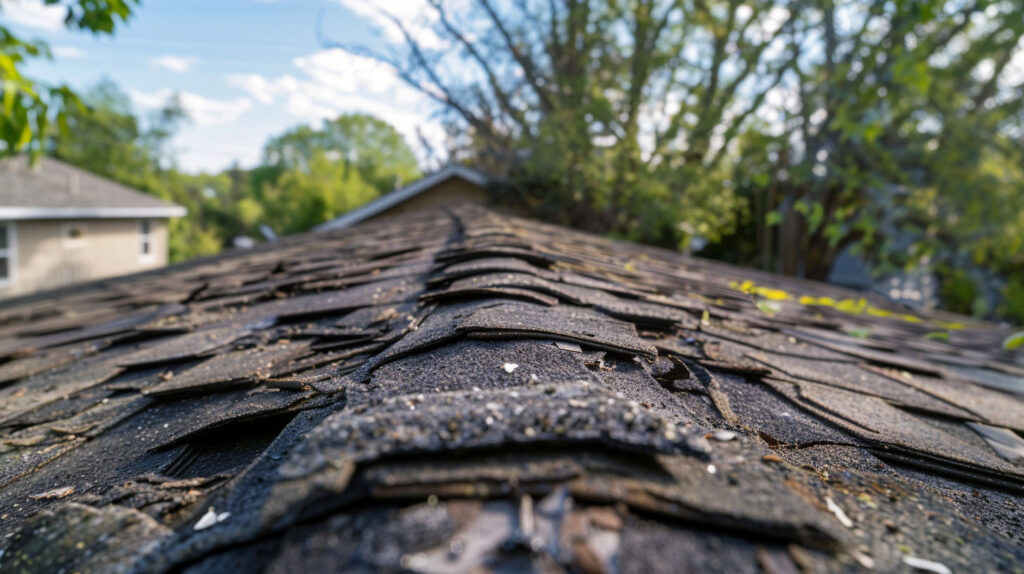
Aging Roofing Materials and Poor Ventilation
Degradation of roofing materials is often exacerbated by inadequate ventilation, which can lead to significant moisture buildup. As asphalt shingles and other materials age, become more susceptible to water intrusion and structural damage. Poor attic ventilation can trap heat and humidity, promoting mold growth and further deterioration. Neglecting these aspects can create hidden roof damage, prompting costly repairs. Regular inspections by a professional roofer are essential to ensure the roofing system remains intact and to address minor issues before escalate.
High-Risk Areas for Concealed Roof Problems
Similarly, examining underneath the roof decking or shingles reveals signs of moisture intrusion and other damage. Regular inspections of these high-risk areas ensure minor issues don’t escalate into extensive repairs.
Roof Valleys, Eaves, and Flashing
Critical areas within your roofing system include roof valleys, eaves, and flashing, which serve as potential entry points for moisture intrusion. These elements, if not properly maintained, can lead to significant damage, allowing water penetration that may escalate into structural issues. During inspections, look for signs of water stains or damp insulation, as well as missing shingles or damaged flashing. Addressing these vulnerabilities promptly can prevent costly repairs and ensure the longevity of your roofing materials while promoting proper drainage.
Underneath Shingles, Tiles, and Roof Decking
The space beneath your shingles often hides early moisture intrusion. Damaged shingles expose your roof to hidden leaks that soak the roof structure, compromising its functionality. Look closely for curling edges or signs of wear.
Pay attention to roof decking, which can rot when dampness lingers below the surface. Using durable materials like Polyglass and Owens Corning helps reduce susceptibility to decay and supports your roof.
Ensuring best practices also involves lifting problem tiles to check for hidden leaks. This proactive approach minimizes unseen damage and protects your home’s overall integrity.
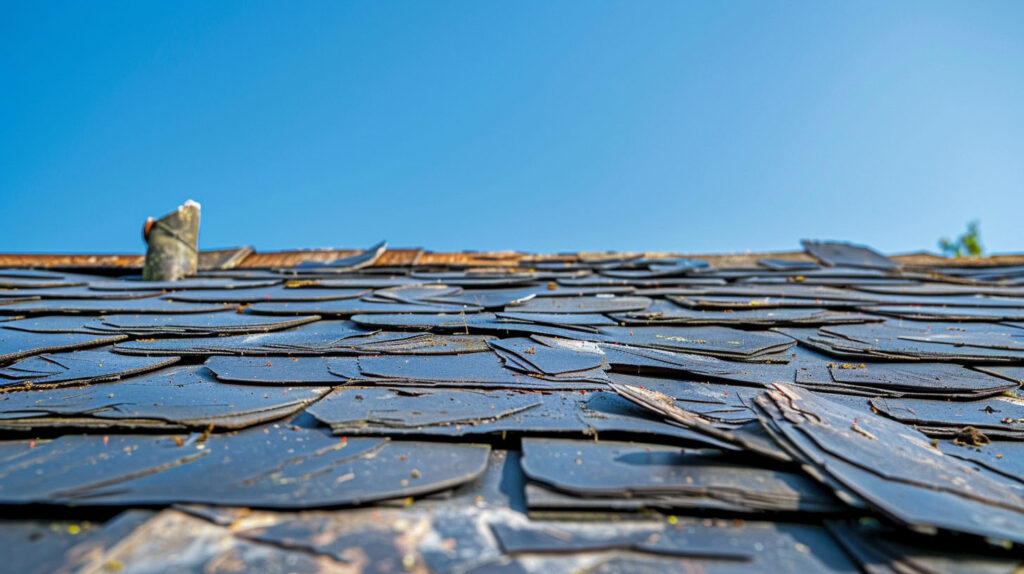
Early Warning Signs You Should Never Ignore
Your roof provides clues when hidden damage is present. Recognizing early warning signs, such as ceiling stains or disrupted paint, prevents further complications. These issues often escalate quickly, pointing to deeper troubles with water damage or structural weakening.
If ignored, peeling paint may hide significant damage spreading beneath the surface. Be vigilant in spotting these indications early and acting accordingly to preserve the roofing system and avoid costly repairs.
Unexplained Ceiling Stains or Peeling Paint
Water stains on ceilings often appear as brownish marks or spots, indicating a possible roofing leak above. These stains point to moisture slowly penetrating the interior walls, a serious concern for long-term structural damage.
Peeling paint is another indicator of hidden water infiltration. As trapped moisture pushes against wall surfaces, paint bubbles or cracks form, warning you of a leaking roof.
Ignoring these signs can lead to damages that compromise other household systems, like insulation and drywall. Address minor warning signs promptly for peace of mind.
Mold, Mildew, and Musty Odors in the Attic
Finding unusual smells in your attic could mean mold or mildew growth stemming from hidden dampness. These odours signal excess moisture in roofing materials that spread rapidly if left unchecked.
Damp insulation exacerbates the problem by creating dark corners ideal for mold formation. Musty smells paired with visible black patches indicate the roofing system is deteriorating.
Ensure controlled attic ventilation by repairing gaps and removing affected insulation. Partner with a professional roofer to mitigate risks swiftly.
The Benefits of Professional Roof Inspections
Regular inspections by a professional roofer offer unmatched advantages. From catching minor issues to maintaining peace of mind, these assessments safeguard your property against significant repairs.
Advanced tools used during these inspections ensure that even hidden leaks or moisture problems don’t go unnoticed. Scheduling roof inspection services periodically is the best way to keep your roof durable and efficient while avoiding high repair costs.
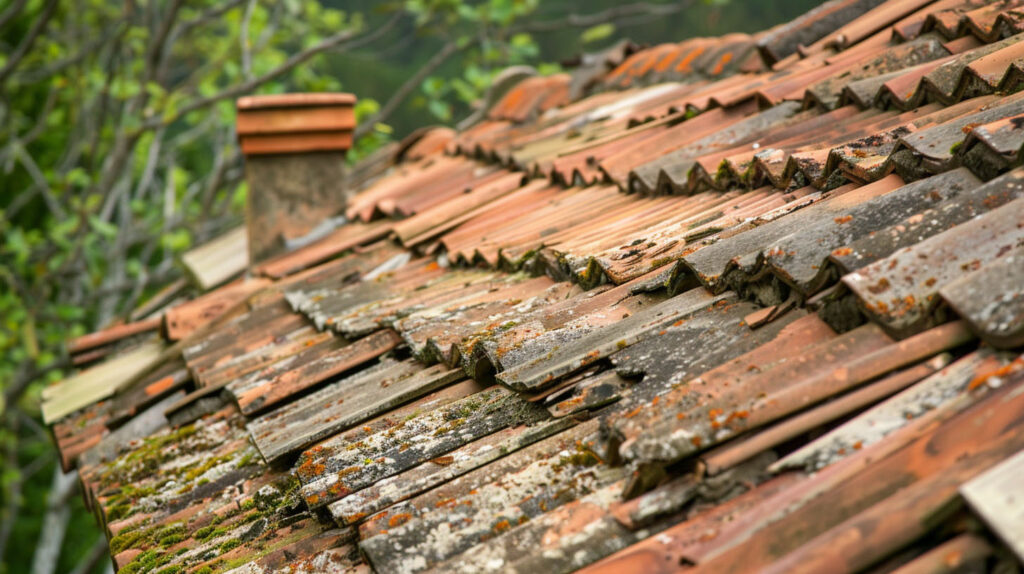
Why Specialist Roofing & Repair is Trusted in Long Beach
As an Owens Corning Platinum Preferred Contractor, Specialist Roofing & Repair exemplifies trusted care and expertise. Homeowners rely on our professional inspectorsto detect hidden damage before larger issues emerge. Whether it’s minor leaks or full roof replacement, our team ensures lasting solutions.
Being BBB A+ Rated underlines our commitment to quality and service. Working with brands like Polyglass, GAF, and CertainTeed, we offer tailored solutions built to withstand the unique coastal elements of Long Beach, CA.
Conclusion
Recognizing hidden roof damage can save homeowners from costly repairs and ensure the integrity of their roofing system. Engaging a professional inspector for regular inspections is crucial in identifying early warning signs before escalate into significant problems. Addressing issues like moisture intrusion, leaks, and related structural damage timely contributes to the longevity of your roof. By prioritizing regular maintenance, homeowners not only secure peace of mind but also protect their investment against the unexpected rise in energy bills associated with inefficient roofing.
Frequently Asked Questions
How do I find a hidden roof leak?
Identify a roof leak by inspecting water stains, peeling paint, or musty smells in hidden areas like your attic. Shine a flashlight to locate the potential source of the leak behind walls or under shingles. Contact a professional roofer for accurate diagnosis and repair.
How to determine roof damage?
Look for visible signs of damage, such as missing shingles, cracked tiles, or warped roof edges. Pay attention to unusual spikes in energy bills, which may indicate hidden leaks. A professional roofer can spot issues undetectable to the untrained eye.
Read our blog: Choosing Between Asphalt and Tile: Pros and Cons


